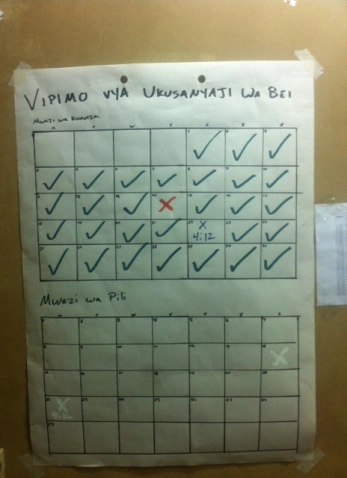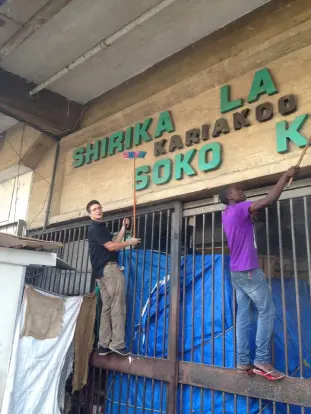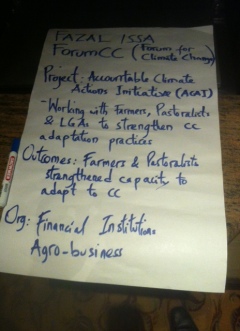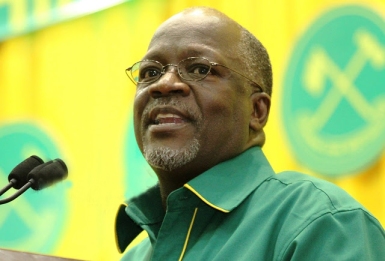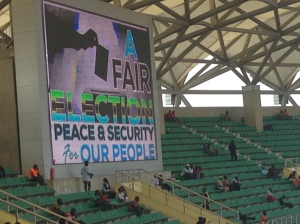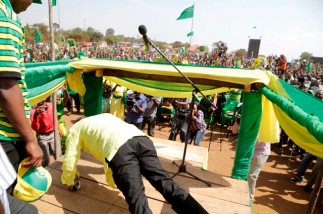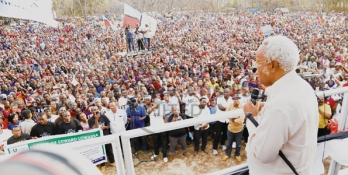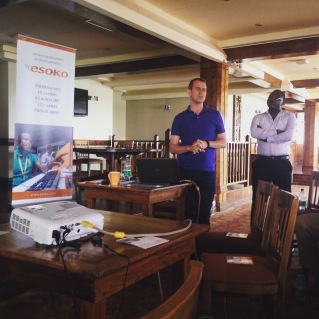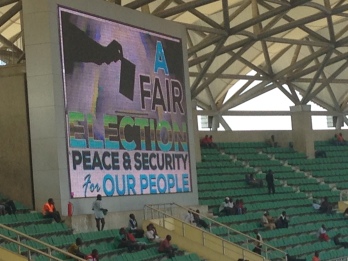It’s been about three months since we first arrived at the Masoko Project and we wanted to give our readers some quick updates on our work. If you read this blog and end up drooling over the magnificent content, check out our mid-year investor report, which explains the ins and outs of the project in greater depth.
Kariakoo Market Solution
In our Kariakoo-based work we have focused on three main areas: improving our data collection service, collecting staple crops, and negotiating a contract with Vodacom.
Improving data collection: Upon arrival in September, we spent the month auditing the price collection system. This helped us acclimate to the Kariakoo Market and add a fresh pair of eyes to see what was working and what was not working. For four weeks we walked around collecting prices with the Kariakoo employees, asking questions, and taking notes.
Then, based on this information, we developed a report, which culminated in recommendations to improve the price collection system. In particular, we identified a need to:
- Collect prices earlier in the morning to ensure greater accuracy,
- Add at least one new price collector to the team,
- Improve the reliability of the WIFI in the market so that prices could be uploaded daily, and
- Improve the consistency of the work so that we are collecting and uploading on time every day
Since then we have worked to implement these solutions. We have developed a schedule with our partners and a 10 am deadline each day. We have added Anderson Defaya, an educated and hard-working guy, to our price collection team. We have successfully negotiated with the management of the market to buy an internet bundle with greater bandwidth. And we have implemented a schedule and a measurement system to measure our work.
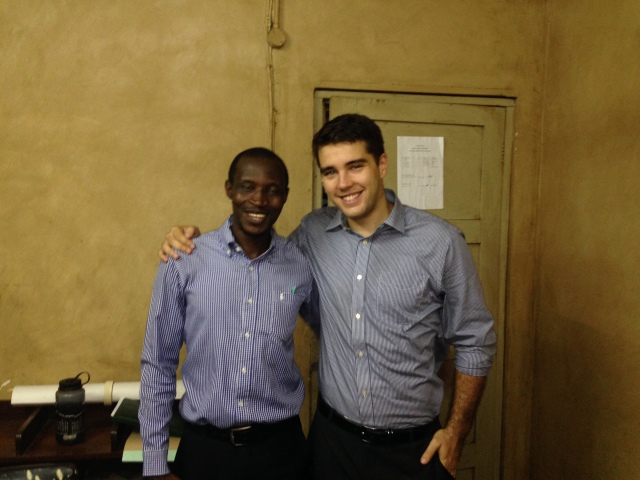
Anderson Defaya looking sharp with Jeremy
November was the first month that we measured our work, and based on our data, there is still a long way to go. We found that out of 30 days, the prices were uploaded on time 12 days, were uploaded late seven days, and were not uploaded 11 days.
Our game plan is to eliminate these 11 days in the month of December, nine of which fall on the weekends, when our Partners are not scheduled to work. We are currently in the bureaucratic process of asking for compensation for a price collector for weekends and holidays. We are hopeful that this will fill that gap.
Collecting staple crops: In addition to our work in Kariakoo, we have established working relationships with two major grain markets in Dar in order to increase our service to include prices of maize, beans and rice. These additions make our service significantly more valuable to farmers across the country, almost all of whom grow staple crops.
We have focused our work on two markets: Tandika and Tandale. Tandika specializes in beans and rice, while Tandale specializes in maize. At the moment, the relationship with the Tandika Market is bearing fruit. We are receiving weekly prices for beans and rice. The relationship with Tandale has proved trickier. Due to a number of factors, we have not yet been able to receive accurate and consistent prices from them.
Negotiating an agreement with Vodacom: At the same time that we have been navigating the challenging environment of Kariakoo, Tandika and Tandale Market to establish a price collection system, we have been negotiating with Vodacom, one of the primary telecom providers in Tanzania, to receive compensation for this service. Currently, Vodacom uses Masoko Project data as part of a trial of its Kilimo Klub service. They have hundreds of thousands of mobile subscribers who receive the Masoko Project data daily.
Yet in order for the project to be sustaining within the Kariakoo Market and for Vodacom, the service must be market-ready. We are negotiating a contract that would have the Vodacom Kilimo Klub charge farmers’ fractions of a dollar from their mobile money, and then the Kariakoo Market would receive a portion of this money to cover the costs of our service.
This process has consisted of many internal meetings with our lawyers and Partners over several drafts of an agreement that has gone back and forth from our offices to theirs. Hopefully, the draft that we sent back to them this week will be the last iteration, and in December we will be ready to sign the agreement.
2Seeds Network Sales in Dar
Another aspect of our project is connecting 2Seeds village-based projects to markets in Dar es Salaam. Identifying and linking our Partners to markets is a crucial part of self-sustainability. Our goal is to increase sales in Dar from 1.2 million TZS to 1.5 million TZS per month by March, 2016. This was calculated based as a subset of the amount of income required to bring our partners above the $1.25/day poverty line.
In the past three months, we have not had tremendous success numerically. We have posted sales of 1.22 million TZS, 1.29 million TZS, and 1.07 million TZS in August – October. This lack of success is largely due to a decrease in productivity for one of our most popular Dar products, Kwakiliga eggs. The Kwakiliga Project has been transitioning to a much larger flock size and will go from producing 30-40 trays to 60-75 each week. But that currently means that their hens are just babies, and will not be producing until the New Year.
In the meantime we have been canvassing Dar to research demand and find potential buyers. We have been exploring some of the ways to cut costs of transportation and storage as well, but have not come to any concrete decisions. This work is ongoing and will likely not come to fruition until February, 2016, when we will begin to have the volume of products to sell in bulk and reach our 1.5 million TZS goal.
Creative Collaboration
The final area of our project is hosting meet-ups that bring together like-minded organizations in discussion and exchange to improve our collective work. We have so far hosted one of these events at the Southern Sun Hotel in Dar. The event was a great success—we had over 50 guests representing 36 unique organizations and companies. We are hoping to build on the success of this event by developing a work product that will foster collaboration among these actors as well as to hold another event in February, 2016.
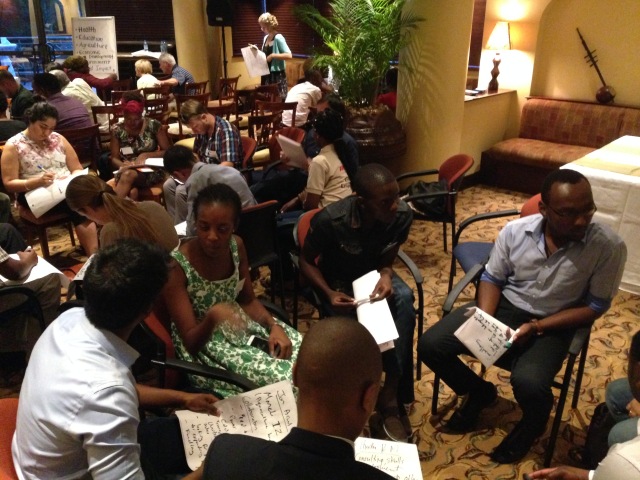
Participants at the first 2Seeds meet-up of the year discuss best practices for collaboration in social impact
